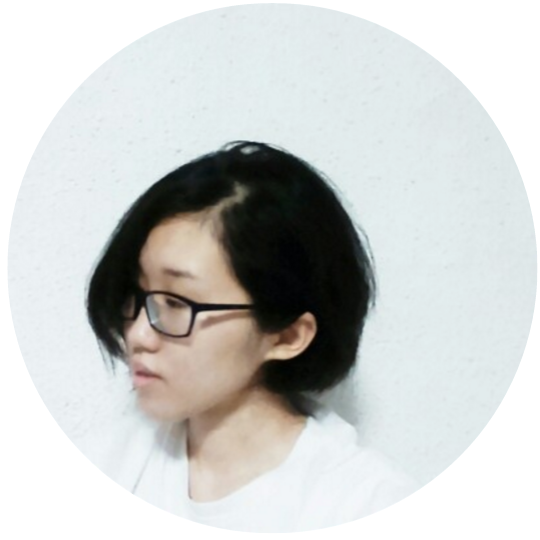
The aim is to achieve the most dynamic form using the planes formed by the strings.
And my personal aim is to do that , but at the same time making sure the form has the unity , harmony and simplicity.

There’s the contrast of curve and straight lines, the variation of density. The lines stem from a single swirl but spread out to different directions.
On one side , the spreading lines and planes going different direction forms an image of spreading wings.
While the two bigger planes captures the most attention. The small part added on the left is to balance the heavy form on the right, at different angle it parallel with each of the two bigger planes, acting as a complementary form that makes the sculpture more complete.

From the other side, the lines follows along the soft curvature of the base.
Jon said it looks like the waves The Great Wave off Kanagawa. and I like that idea.

The base is precariously balanced along a line, with the two sides curving upwards.
One of the reason that I work with such an open structure is also to counter the difficulty of keeping the tension of the string. When the plastic curves too much, the string tends to lose tension over time. However, with this over form, the gravity will always pull the two sides of the plastic down, keeping the string relatively taut.
I used single colour because I find it distracting to have multiple colours. And the use of colour will actually affect the amount of attention we put on each plane, which will require much more consideration. For me, use of plane and line is enough to achieve the desired effect.

This is the planning of the lines on 2D surface.
AND THAT’S IT NO MORE SEWING ON PLASTIC PHEW


















 RIIIIGHT?
RIIIIGHT?





